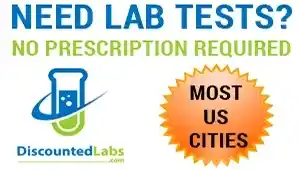madman
Super Moderator
Dr. Sathya Krishnasamy gave a comprehensive overview of gynecomastia, covering its definition, prevalence, hormonal regulation, pathogenesis, differentials, and management options. He discussed the role of androgen receptor and aromatase in breast development, as well as the impact of various drugs, tumors, and environmental factors on gynecomastia. The session also included a case study and highlighted the importance of a thorough evaluation to determine the underlying cause, along with potential treatment options.
Highlights:
- Gynecomastia affects 32-65% of men and can be a source of physical and psychological discomfort.
- Hormonal regulation of breast development involves estrogen, androgen, progesterone, and other factors.
- Androgen receptor and aromatase play key roles in sex hormone-dependent conditions like gynecomastia.
- Drugs, tumors, endocrine disorders, and environmental factors can contribute to gynecomastia.
- Surgical options may be considered for gynecomastia that is not reversible.
- Genetic testing for pathogenic variants in the Androgen receptor gene may be necessary in some cases.
- The impact of gynecomastia on patients’ physical, psychological, and emotional wellbeing was discussed.
- Studies on the prevalence, causes, and management of gynecomastia were highlighted.
- Evaluation of gynecomastia includes checking HCG levels, testicular ultrasound, and a thorough differential diagnosis.
- The importance of proper diagnosis and management for gynecomastia was underscored, emphasizing the need for individualized treatment plans.












